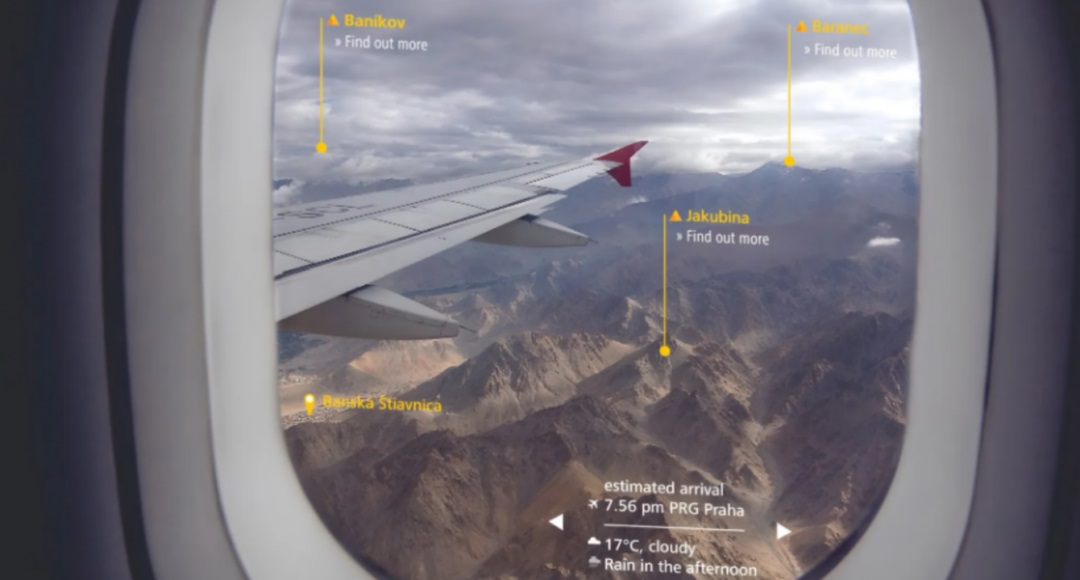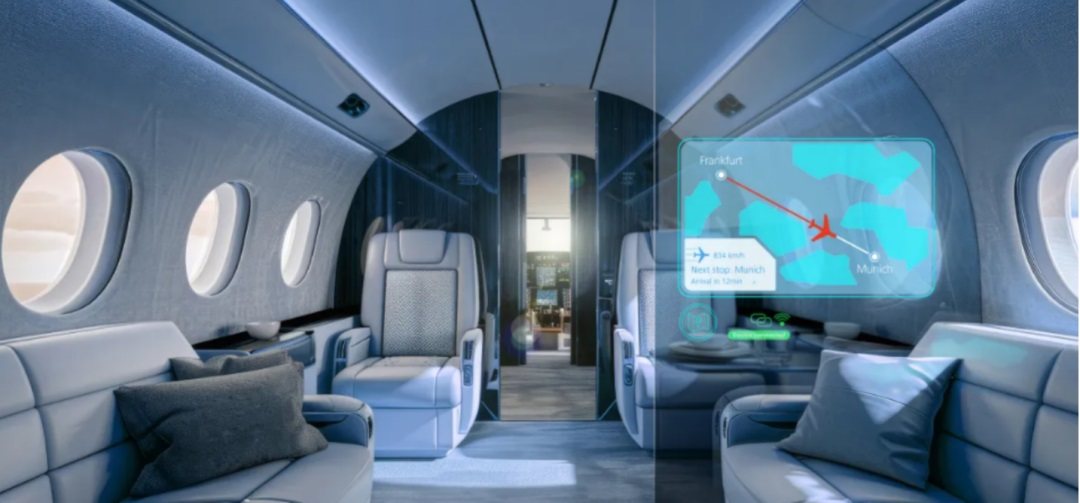
CINNO Research Industry News, for many years, Zeiss, a cutting-edge technology company in optical system development from Germany, has been providing many high-quality glass components to NASA and the European Space Agency (ESA), including lenses for the James Webb Space Telescope and lenses for the lunar camera equipped for Apollo astronauts. Recently, according to the company, their next generation of glass products will no longer be aimed at traditional spacecraft, but real commercial aircraft. According to an announcement released earlier this month, Zeiss plans to upgrade the hardware system and user experience of existing commercial jets by using a touch-free holographic multifunctional smart glass system.

According to reports, this new technology has been exhibited to the public at the Aircraft Interiors Exhibition held in Hamburg, Germany from April 8 to 10, 2025. The company hopes that in the next few years, it will not only be limited to displaying it at various exhibitions, but will also be committed to truly applying this technology to more commercial aircraft.

In order to create transparent glass like airplane windows, Zeiss will combine its proprietary micro-optical structures and holographic optical components as needed. From an experience perspective, the solution proposed by Zeiss may eventually take the form of airplane windows displaying target information such as flight information, geographic location, and dynamic maps for commercial aircraft passengers. In addition, by replacing traditional opaque cabin partitions with this new smart glass panel, Zeiss can also integrate touch-free holographic "buttons" to make it an interactive digital interface. These "buttons" can respond to user actions through ultraviolet and infrared-based sensors.
However, it should be noted that one of the biggest features of the system is not visual, but in terms of the user's actual experience. According to Zeiss, replacing the existing heavy physical partitions and traditional and bulky display equipment with this multifunctional smart glass can also reduce the overall weight of the aircraft to some extent. As we all know, the lighter the aircraft, the less fuel it usually consumes. From this perspective, Zeiss's solution can also help reduce customers' overall operating costs and reduce pollution.
In fact, Zeiss's goals are not limited to this. They also plan to use their holographic smart glass in other areas of the aircraft. It is understood that the company is currently testing an augmented reality head-up display (HUD) cockpit display system based on its holographic smart glass, which can reduce the driving risks caused by pilots moving their sight. To achieve this, this smart glass system also needs to rely on some environmental data captured by infrared and microwave camera sensors, which will be transmitted and projected directly into the pilot's field of view.
In this regard, the company explained on its website: "This multi-detection display system based on holographic smart glass can help pilots, crew members and (semi-)automated auxiliary systems monitor the execution of various tasks inside and outside the aircraft."
In fact, in some low-visibility conditions, such as night flights, fog and bad weather, this technology will bring extremely high value to the safe operation of aircraft. According to reports, the future application of Zeiss' holographic smart glass solution may also include directly turning the entire cockpit window into a single augmented reality head-up display. Doing so can minimize the risk of collision and the chance of unnecessary waiting routes and flight diversions.
Name: lily
Mobile:8613684959210
Tel:0755-27325331
Whatsapp:8618573329919
Email:sales12@huayuan-lcd.com
Add:Factory No.9, Zhongnan High-tech Intelligent Manufacturing Industrial Park, Tianyuan District, Zhuzhou,Hunan, China, 412000